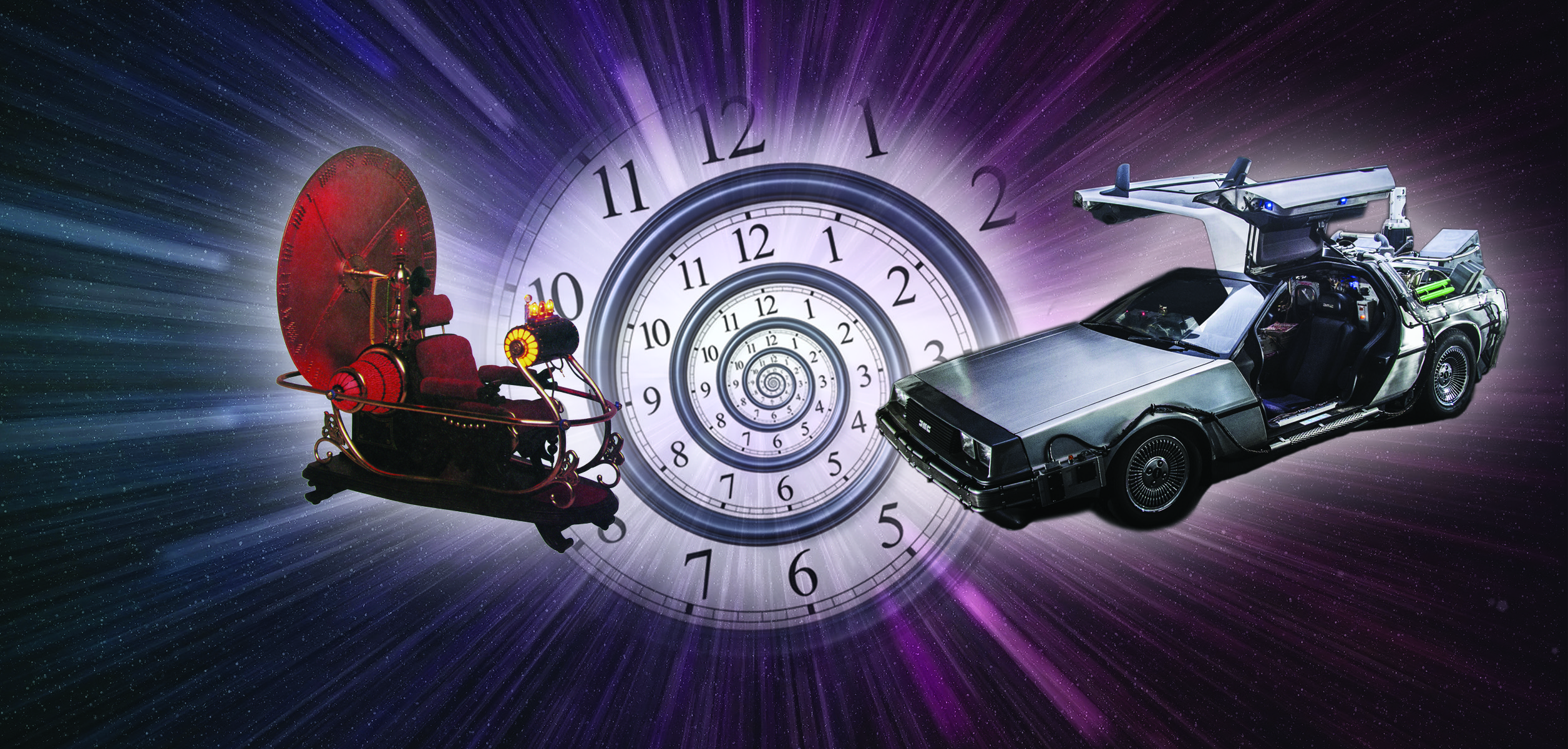

Blast From the Past

Best Practices
Jeff Clawson, M.D.

In this issue, we are reprinting an editorial response to a research article that was done on the Medical Priority Dispatch System™ (MPDS®) in the journal Prehospital and Disaster Medicine in 2010.
The original research that prompted this editorial—a study done by Sporer et al.—looked at the ability of the MPDS priority levels and Chief Complaints to predict an advanced life support (ALS) intervention by EMS responders.
The authors studied over 65,000 cases by matching the MPDS priority levels (ALPHA through ECHO) and Chief Complaints with the ALS intervention type provided by attending EMS personnel (ALS/ALS-Stat/ALS-Critical). Their well-documented findings demonstrated a high sensitivity (ability to find the cases needing ALS treatment) for the higher priority levels (CHARLIE, DELTA, and ECHO)—with 100 percent sensitivity for Cardiac Arrest and Breathing Problems and 98–99 percent sensitivity for Chest Pain, Stroke, and Unconsciousness.
Overall, however, because of lower specificity (ability to distinguish the ALS intervention cases from the rest that weren’t) the researchers did not see a high predictive value for ALS care by grouping the three highest priority levels together.
After reviewing this research, a group of IAED™ researchers responded with the following editorial that emphasizes how important it is to look at the predictive ability of the MPDS codes in a more detailed and specific manner—using the final Determinant Code in its entirety.







